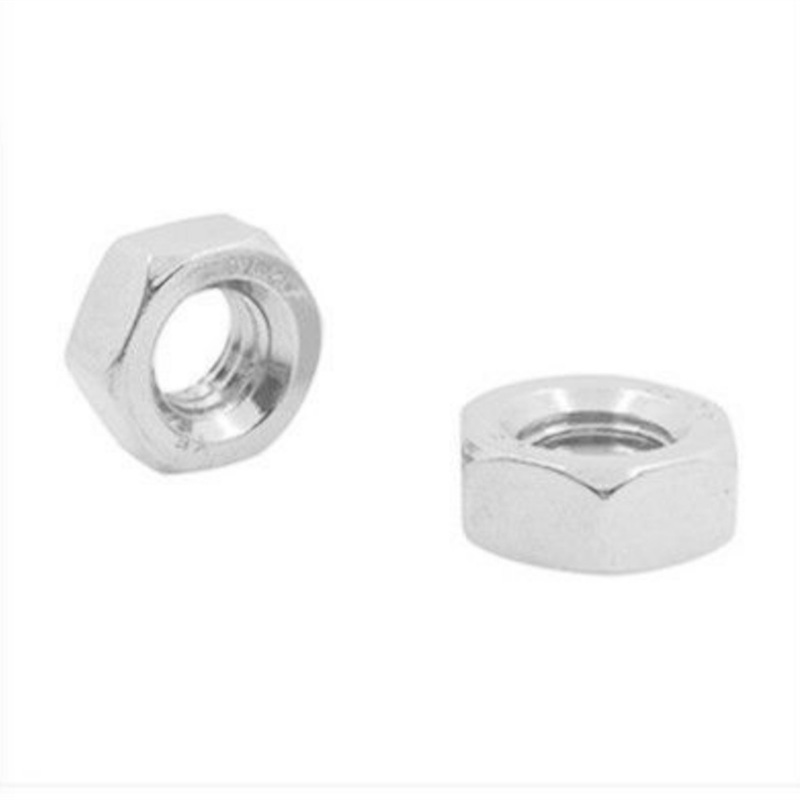The Hex Nut, a cornerstone of mechanical assembly, is one of the most ubiquitous and essential fasteners in global industry. Its primary function is to secure a bolt or screw in place through a pre-tapped, internal threaded hole. The standard thread direction for this component is right-handed, facilitating its application in a vast majority of scenarios. The widespread adoption of the Hex Nut is largely attributed to its simple yet highly effective six-sided geometric design, which provides numerous advantages for installation and removal.
The most distinctive feature of this fastener is its hexagonal shape, with six planes facilitating tool engagement. This geometry allows for the application of high torque from various angles (typically every 60 degrees) using common hand or power tools (wrenches and sockets). The design of the hexagonal nut achieves an optimal balance between the size of the wrench engagement plane and the space required for operation, making it extremely flexible in both confined and open spaces. This functional design has remained largely unchanged for decades, a testament to its inherent efficiency.
These components are manufactured using a variety of materials to meet different environmental and load-bearing requirements. Commonly used materials include carbon steel, various grades of stainless steel, and non-metallic materials such as nylon. Hex nuts conforming to DIN 934 standards are typically made of stainless steel, which has excellent corrosion resistance and durability. The choice of material directly affects the performance of the nut, including its tensile strength, weather resistance, and suitability for specific temperature or corrosive environments.
In application, the Hex Nut works in concert with a mating bolt or screw to create a secure, semi-permanent or permanent joint. The internal threads of the nut engage with the external threads of the bolt, and when tightened, the resulting clamp force holds the assembled parts together. The reliability of this connection is paramount, as it ensures the structural integrity and safety of everything from simple household furniture to complex machinery and critical infrastructure projects.
The Hex Nut remains an indispensable component in engineering and construction. Its straightforward hexagonal design, combined with the availability of various materials and standardized dimensions, ensures its continued relevance and utility. The enduring prevalence of the Hex Nut across countless industries underscores its status as a fundamentally reliable and effective solution for creating secure threaded fastenings.
Post time: Nov-06-2025


